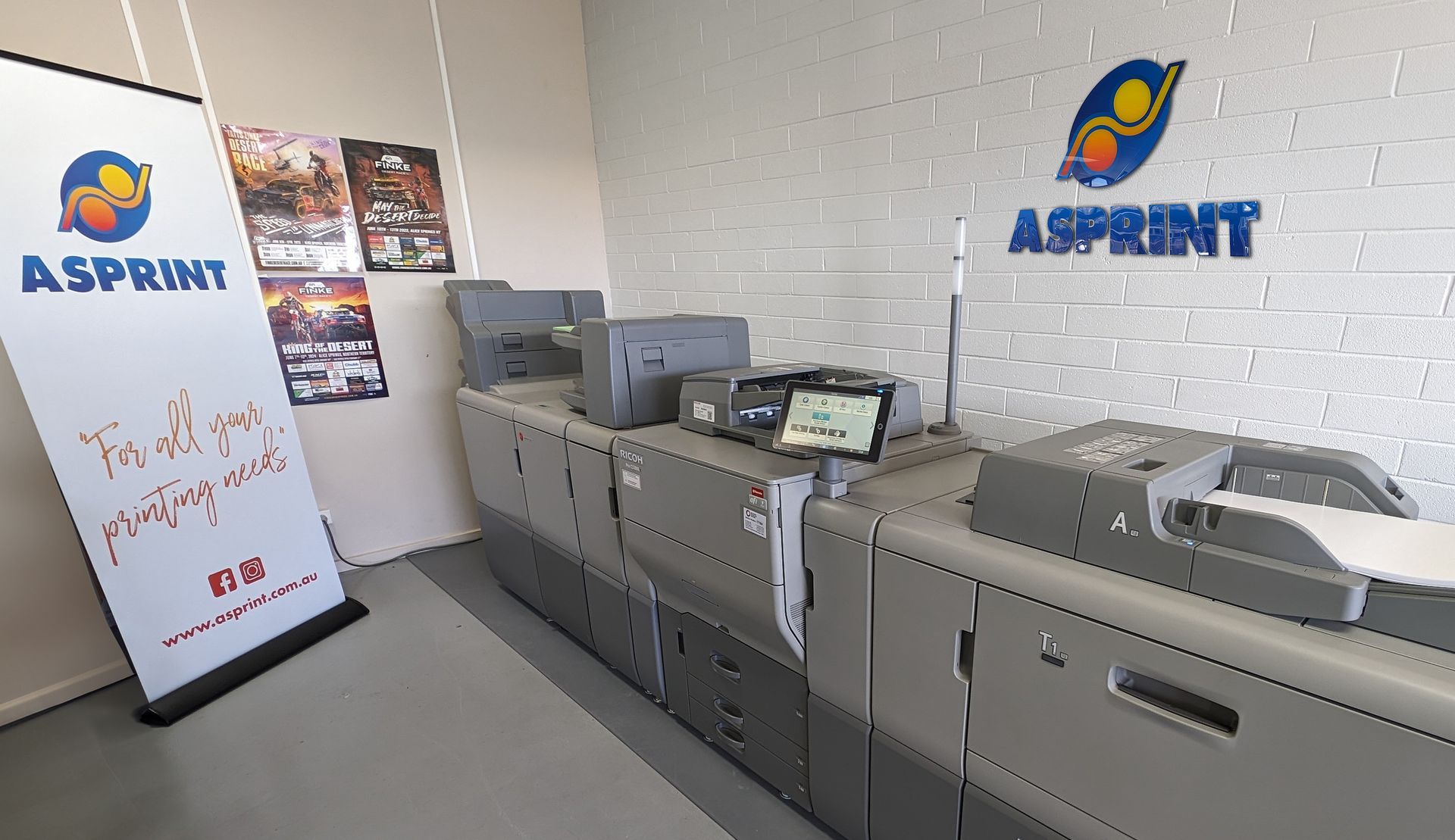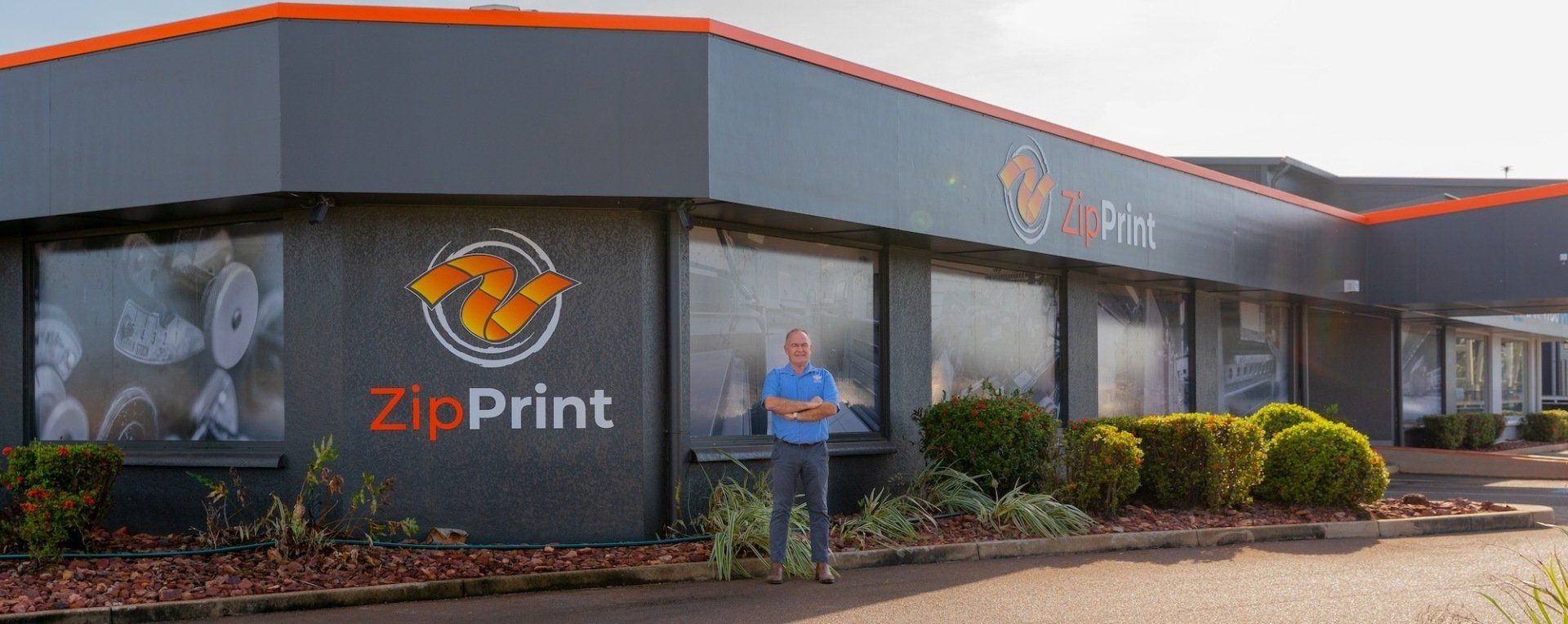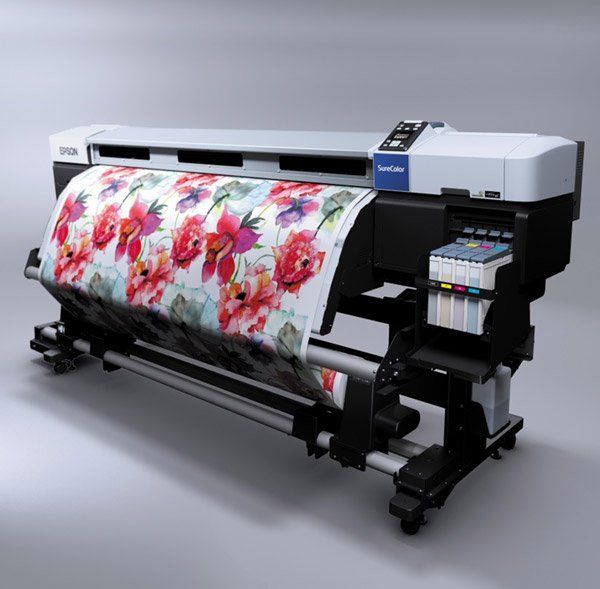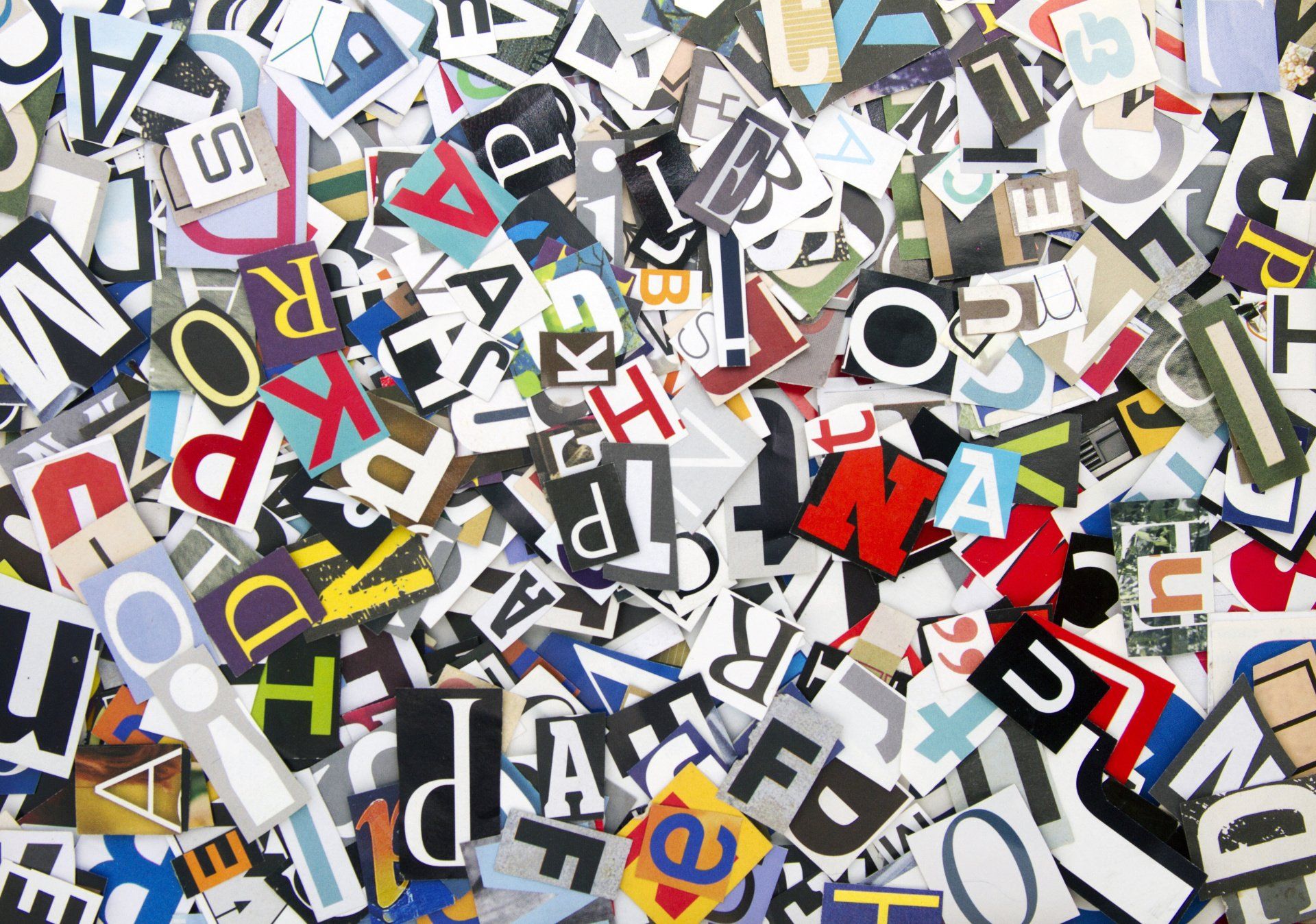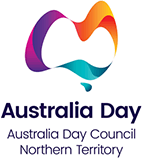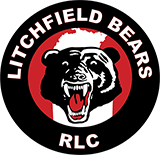Colour psychology in marketing and branding: what you need to consider
Many marketing experts argue that nothing – not even words or pictures – appeals more to people’s emotions than colour to creative a positive or negative user experience. When buying a product, research shows that 93% of buyers focus on its visual appearance and around 85% claim that colour is the primary drawcard.
Colour psychology: what is it?
Colour psychology is the study of how colours affect perceptions and behaviours.
Whether you’re a fashion brand trying to connect to a youthful audience or a real estate agency trying to strengthen customer trust, familiarising yourself with colour meanings can help you better attract customers to your product or service. Different colours have different psychological effects on consumers. Keep these colours in mind when liaising with your graphic designer.
The power of red
Red encourages appetite and is associated with youth, excitement and boldness. Think Coles supermarkets, Cola-Cola, Grill’d, Red Rooster, KFC, Target, Qantas, Holden, Nintendo and Avis.
The power of yellow
Yellow is associated with clarity and warmth. Examples of companies that use yellow in their marketing and branding include McDonald’s, Subway and Hertz. Yellow and red are sometimes used together. Examples include Shell, Golden Circle and Vegemite.
The power of blue
Blue provides a sense of security, trust, dependability, and strength. Blue branding is used by Oral B, Dell, Facebook, Twitter, IBM, Ford, HP and Pfizer.
The power of green
Green stimulates harmony. It is peaceful and associated with growth and health. Examples include Woolworths, BP, Sukin and Milo. Bunnings uses the powerful combination of green and red.
The power of orange
Orange provides a sense of friendliness, cheerfulness, confidence and enthusiasm. It features in the branding for Fanta, Hooters, Nickelodeon.
The power of purple
Purple is associated with royalty, imagination and wisdom.
The power of grey
Grey is neutral and can be used to promote balance and calm.
The power of black
If colour is solely the way physics describes it, the visible spectrum of light waves, then black and white don't count as true, physical colours. Black is visually heavy when used in graphic design. Its message is therefore strong. It is commonly associated with power, authority and strength. It is for this reason that too much black can become overwhelming. The use of the black in the Apple logo implies modernity, innovation, minimalism and bold thinking.
The power of white
White is considered safe and open and is linked to that which is righteous, good and peaceful. White projects clarity, cleanliness (doctors in white coats) and purity (wedding dresses). It is said to promote creative thought (a blank whiteboard) and symbolises fresh beginnings.
Do you identify with this colour psychology? Affected altogether differently by colour? Either way, our friendly and skilled team at ZipPrint can help you boost your brand.
From minor logo alterations to complete business rebranding, we have all the tips. For all enquiries, get in touch with our Darwin team today on 08 8947 0179.



